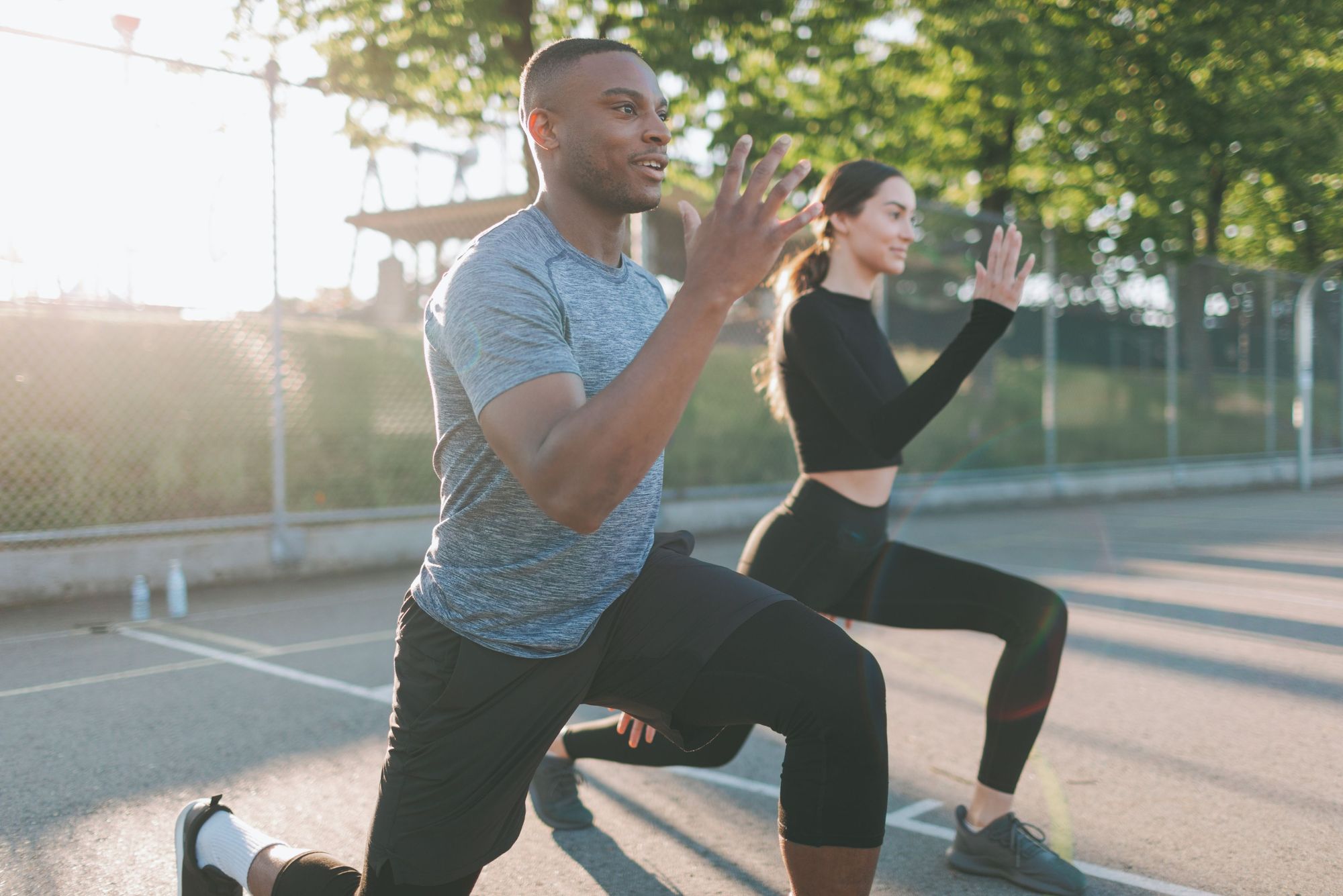Image by Crystal Sing from corelens via Canva
After I had my knee surgery, I felt very weak, like if a strong wind came by it would knock me over and send me tumbling down the street.
The question is, how did this happen? Did something go wrong with the surgery?
Fortunately, there were no issues with my surgery and I am no longer afraid of strong winds. Muscle loss and weakness are both very common following surgery. Many people notice their leg looks smaller after surgery. This loss of muscle mass and strength is called Muscle Atrophy.
How Does it All Work?
To better understand muscle atrophy, we need to understand why it occurs! Your body responds to what it experiences. If you jump into a cold lake, your body quickly does a number of things to try and keep you warm, like shivering. Just as your body responds to the change in temperature from jumping in a lake, it also responds to physical activity; although not quite as quickly.
When you engage in any form of physical activity from walking, to exercising, to walking up a flight of stairs, it activates your muscles and tells your body that you need those muscles to function. The more active you are, the bigger that signal to your body is, and your body responds by building more muscle over time. This is why athletes tend to have larger muscle than the rest of us. Their bodies have responded to the increased activity they have engaged in over time.
Unfortunately, when you don’t engage in physical activity, your body also responds to the lack of muscle activation. When you are not using the muscle your body has, it will break down your muscles over time, resulting in disuse muscle atrophy.
When you are resting and completely or partially immobilizing your leg following surgery, the activity signal on your body is significantly decreased and atrophy starts to occur. This is one of the reasons that starting your rehabilitation as soon as possible is so important it will help combat atrophy and build more muscle after your surgery, which in turn helps protect and support your freshly repaired joint. For more information about the recovery timeline after a knee surgery, check out this blog here!
We hope this article has helped you to better understand your recovery. We've also written a great blog that answers the question "Why Did I Lose All of My Muscle After My ACL Surgery?" here.
Curovate offers a rehabilitation program that you can follow at home to help you avoid atrophy after your surgery. All of Curovate’s rehabilitation programs were developed by a licensed physical therapist, Dr. Nirtal Shah. You can easily access all of Curovate’s programs on your phone through the Curovate app!
If you need further customized assistance during your surgery or injury recovery check out our Virtual Physical Therapy page to book your 1-on-1 video session with a physical therapist.


We also invite you to join our growing Facebook communities! They are a great place to get support from others going through a similar experience. Please join your injury group by clicking one of the links below.
Other Recommended Blogs
- How to prevent ACL injuries
- Why is my knee numb and tingly after ACL surgery?
- Can an ACL injury lead to arthritis in the future?
- Is it normal to still have pain after an ACL reconstruction surgery?
- Should I be experiencing pain when I do my rehabilitation exercises?
- ACL Social Support
- ACL Recovery Timeline










